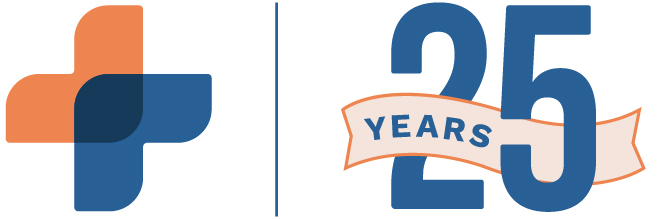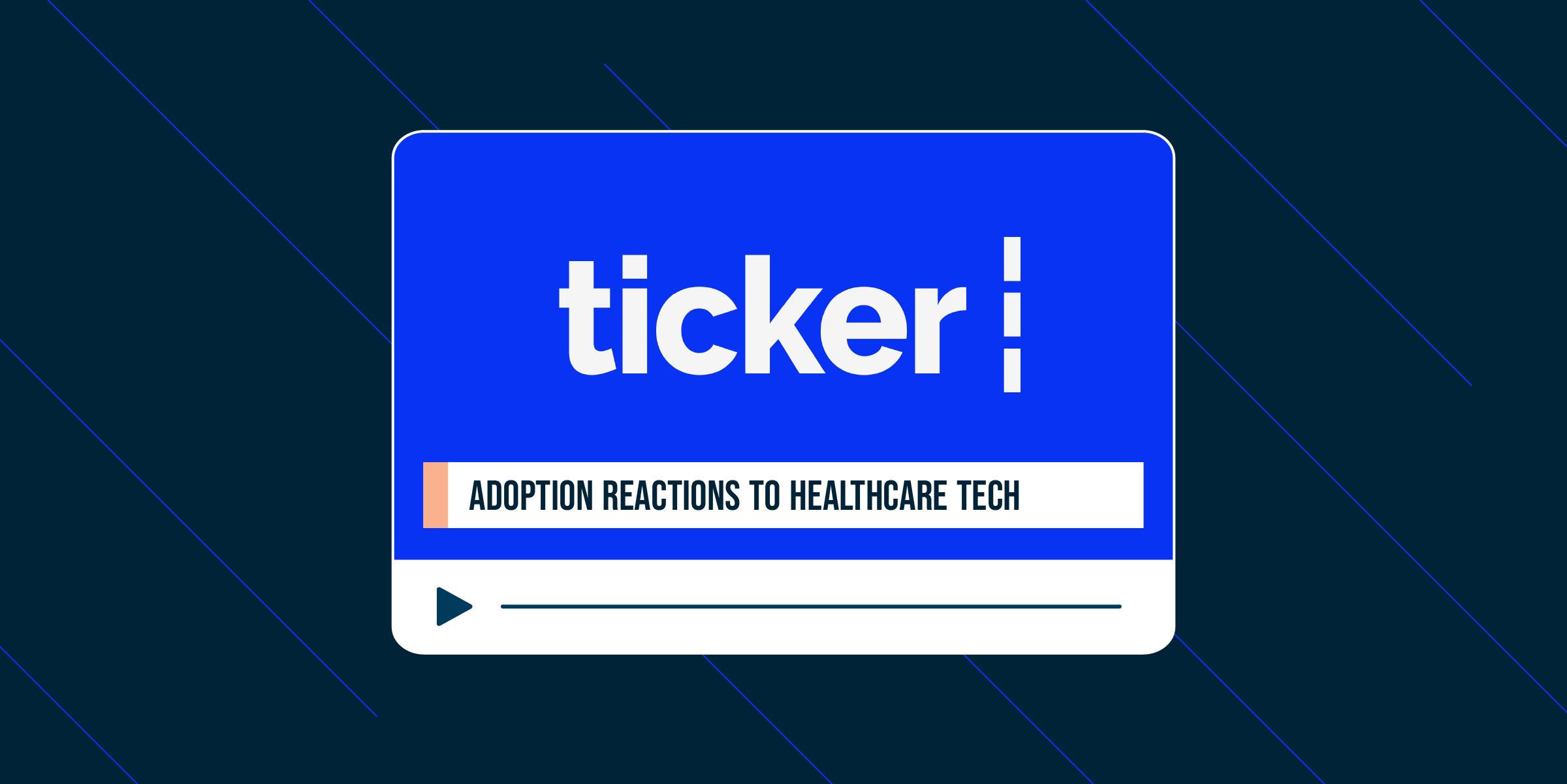Randy Boldyga, CEO and Founder of RXNT, sat down with Ticker News for an interview discussing the ways in which US healthcare professionals and their patients are divided on technology adoption.
Please note: The following interview has been lightly edited for clarity and brevity.
After the COVID-19 pandemic began in 2020, which facilitated a paradigm shift for healthcare industries worldwide, technology has rapidly transformed the way patients and providers experience healthcare. However, US consumers and healthcare professionals are at odds on what technology could mean for the future of the industry.
In a recent survey, RXNT found that 73% of healthcare professionals agree that their patients would have a better experience if their software tools could be improved. Healthcare professionals are optimistic about technology improving care, but US consumers remain cautious due to concerns about reliability and security—emphasizing the need for better communication to bridge the gap.
Randy Boldyga—RXNT’s CEO, President, and Founder—sat down with Mike Loder on Ticker News’ Ticker Now segment to discuss our survey insights and the divide in how US consumers and healthcare professionals view healthcare technology adoption. Continue reading for a full recap of the conversation.
Loder: What are some of the major findings of this survey?
Boldyga: Thanks for having me, Mike! The recent survey conducted by RXNT reveals a significant divide between healthcare professionals and US consumers regarding the adoption and utility of healthcare technology. Healthcare professionals were more likely to trust the technology, use the technology, and share information for the benefit of their patients. By contrast, consumers were more skeptical about the reliability and security of the technology. They were less likely to use the technology because they found it complicated or had trouble navigating the apps. We also found that consumers were more wary of information sharing due to privacy issues. All these insights indicate a fundamental gap in understanding and trust, which is critical to improving healthcare delivery.
Loder: How do these differences in perspective impact patient care and the overall healthcare experience based on what you and your team are witnessing?
Boldyga: What we found was that when consumers hesitate to engage with technology—it impacts care coordination and there are missed opportunities for preventative care. We know that if consumers are overwhelmed or mistrust their technology it will lead to poor outcomes. To bridge the gap, healthcare providers must understand and address consumer concerns and ensure that technology enhances rather than complicates the care experience.
Loder: What are some of those main barriers to technology adoption from both the consumer and the professional standpoint?
Boldyga: We found that barriers to technology adoption persist on both sides, so consumers and healthcare professionals [each] have their own challenges. From the consumer perspective, concerns stem more from the standpoint of privacy and data security, plus the fear of misuse of their personal information. From the healthcare professional’s perspective, they often cite issues with adequate training, workflow interruptions, and the financial burden of adoption.
To enhance collaboration, stakeholders can educate consumers and provide clear and accessible information about data security and the benefits of the technology. Likewise, stakeholders can help providers by offering comprehensive training and support to empower healthcare professionals.
Loder: What steps can be taken to improve the communication and alignment between consumers and healthcare providers?
Boldyga: The survey’s findings underscored a critical need for enhanced dialogue between US consumers and healthcare professionals regarding technology in healthcare. It’s clear from the survey results that the stakeholders need to listen to both consumers’ and providers’ feedback. By addressing these differences and focusing on collaboration, the industry can work towards a more effective and satisfying healthcare experience for everyone. At RXNT, we’re playing an important role in helping to facilitate that collaboration between healthcare professionals.
Loder: What role does RXNT play in this space?
Boldyga: We’re kind of playing middleman, and we’re bringing the stakeholders to the table. We’re pulling healthcare professionals and consumers together, and we’re having collaborative conversations about ways in which we can bridge that gap.
Loder: If people want to find out more, get involved, or get some help from you and your team, where’s the best avenue to do so?
Boldyga: You can find us on the web at www.rxnt.com.
Healthcare technology presents unique challenges for both patients and providers. By strategically aligning people and processes, practices can take advantage of new opportunities to enhance the patient experience and streamline daily workflows, and keep your organization ahead in a constantly-evolving medical landscape.
Thank you to Ticker News and Mike Loder for hosting us! To watch the full segment, visit: https://tickernews.co/survey-uncovers-sharp-divide-in-healthcare-tech-adoption-views/.





